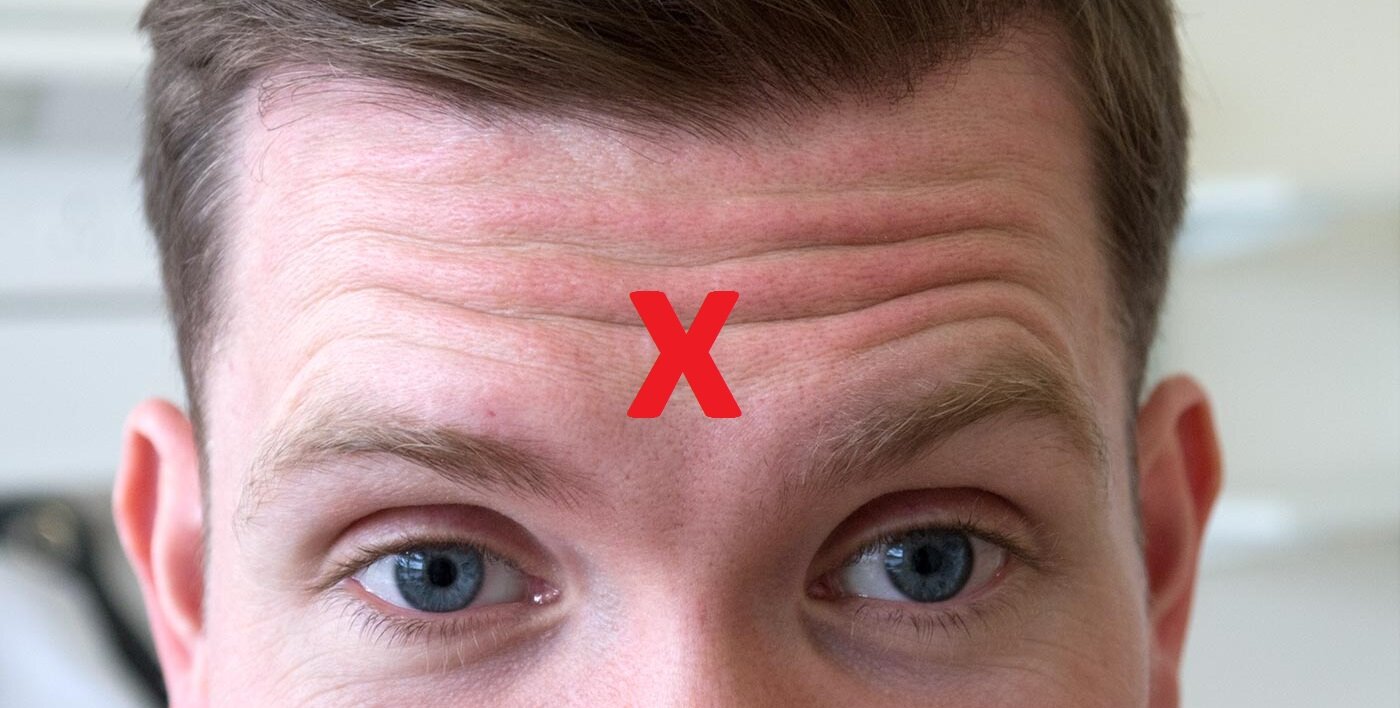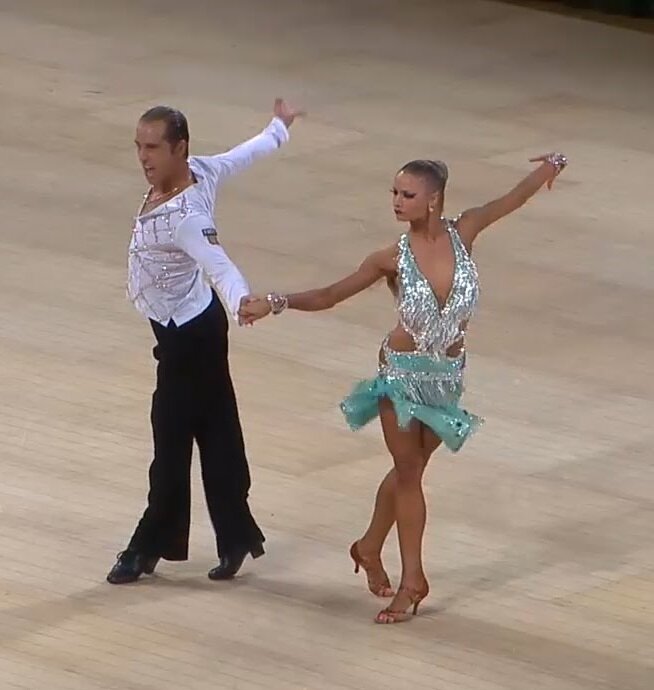The Use of Eyes
16 November 2016
Too often in dancing we get caught up in exactly what position the arm should be in, or the technical workings of the legs, but a small thing that can have a disproportionately large impact is the use of eyes. In Latin, the dancer is trying to tell a story and show emotion, and there is no better part of the body to do that with than the eyes, yet they are so small and so seldom discussed in lessons that they are often forgotten, though they can make all the difference. This article will cover the basics of use of eyes, a skill you can achieve in 10 seconds, put into your dancing in just a few practices, and start seeing results with by your next competition.
Look at your Partner (Basic)
The first, most basic, and most often used way to use your eyes is to look at your partner. When you are out at a restaurant and you see a couple gazing lovingly into each other's eyes, you can sense the emotion, and the same is true when you see two people looking down at their phones while sitting across from each other at the table. You and your partner may not be a couple in real life, but on the floor it is your job to convince me you are, and that your relationship is exciting.

As a basic rule, any time you are in Closed Position or Open Position, you should be looking at your partner. Only when you turn your bodies away from each other, such as in the New York, may you stop looking at your partner. If you are dancing an Underarm Turn as a Man, your partner will be turning under arm and she will stop looking at you, but you should continue to look at her the entire time she turns. Even if you are the person in the Back in Shadow Position, it may be a good idea to look at your partner to build that look of a relationship.
If you are a shy person, and making long eye contact disrupts your dancing, there is a trick you can use. Instead of looking into your partner's eyes, look at a point right in the middle of the forehead. Nobody can tell the difference.
Spot Where you are Going (Basic)
It is a necessary skill, not only for appearance but also for balance, that you be able to spot. Spotting means having a sharp head movement as your body turns smoothly, which makes the turn look faster. For example, stand facing East, and march in place. Slowly turn your marching to the right, but keep your nose pointed East. When you can't keep your nose pointing East any longer without cocking your head, quickly turn your nose to point West. Continue turning your marching feet until they point West as well. That is called Spotting, and that head action, where the head leaves late and arrives early, should be used on every turn.
When you are dancing a Spot Turn (the last only if you are a Lady and actually turning), you should look away from your partner and use this spotting action. Before you take your first step forward, look in that direction, then step. Before you take your second step, look in that direction, then step. Before you take your final step, look back at your partner.
This action should be used in many other figures, such as when side by side in the New York, when the Lady Turns on step 3 of the Open Hip Twist, and countless others.
Look at the Audience (Intermediate)
Competitive dancing is more than just two people dancing together; it is two people dancing together, looking nice for the crowd, and you should never forget the crowd. Whenever you dance into Fan Position, you should turn your eyes toward your audience to show off (see this article entirely on Fan Position).

In Shadow Position or Side by Side Position, when toward the audience, it may also be a good idea to look at them. This is often seen in Jive kicks at the Open Level, but happens in other amalgamations in the Syllabus.
Look through your Back (Advanced)
This one sounds a little weird, and it is only ever used in Shadow Position. The person in front obviously cannot see the person behind, but it is nevertheless possible to make it look like you sense your partner. To do this, you must look slightly over your shoulder toward your partner, and send your eyes downward to let your eyelids close slightly. Have the feeling that someone is sneaking up on you, and you are noticing them, but aren't looking backward because you do not want them to know that you know. This is something you need to choreograph in, because whenever the person in front is doing this, the person in back should be looking directly at the person in front, so as to show the audience that the person in front feels the gaze of the person in back. It sounds weird, but it gives a powerful image.

This look should be used only by the person in front in Shadow Position, whether it is the Lady (it is usually the Lady), or the Man in such figures as the Turkish Towel.
There are, of course, exceptions to each and every one of the rules above, but aren't there exceptions to everything in life? Use the guidelines above, go through your routines and check on every beat where you and your partner are looking, and although your dancing may not feel different, it you will be noticeably better to anyone who watches you.